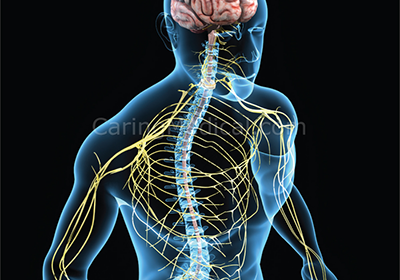Autonomic Nervous System


Pharmaceutical and Medicine
4 Chapters
2 Months
1- مقدمة في علم تأثير الأدوية.
2- مقدمة في الجهاز العصبي التلقائي ANS.
3- الجهاز العصبي التلقائي الودي ونظير الودي.
4- المستقبلات الأدرينيرجية والكولينرجية.
5- منبهات الجهاز الودي.
6- حاصرات ألفا.
7- حاصرات بيتا.
8- قلويدات الإرغوت (مهماز الشيلم).
9- أدوية علاج الشقيقة.
10- منبهات الجهاز نظير الودي.
11- المضادات المسكارينية.
12- المرخيات العضلية (نازعات الاستقطاب وغير نازعات الاستقطاب)
حيث تم تقسيم الكورس الى أربع فصول
الفصل الأول:
الفصل الثاني:
الفصل الثالث:
الفصل الرابع:
Click for English Version
Chapters
1
Chapter 1 - الفصل الأول
2
Chapter 2 - الفصل الثاني
3
Chapter 3 - الفصل الثالث
4
Chapter 4 - الفصل الرابع
Start your course with ease by downloading our mobile app.

Google Play

App Store

Powered By Ositcom
Be Expert © 2024 | All rights reserved